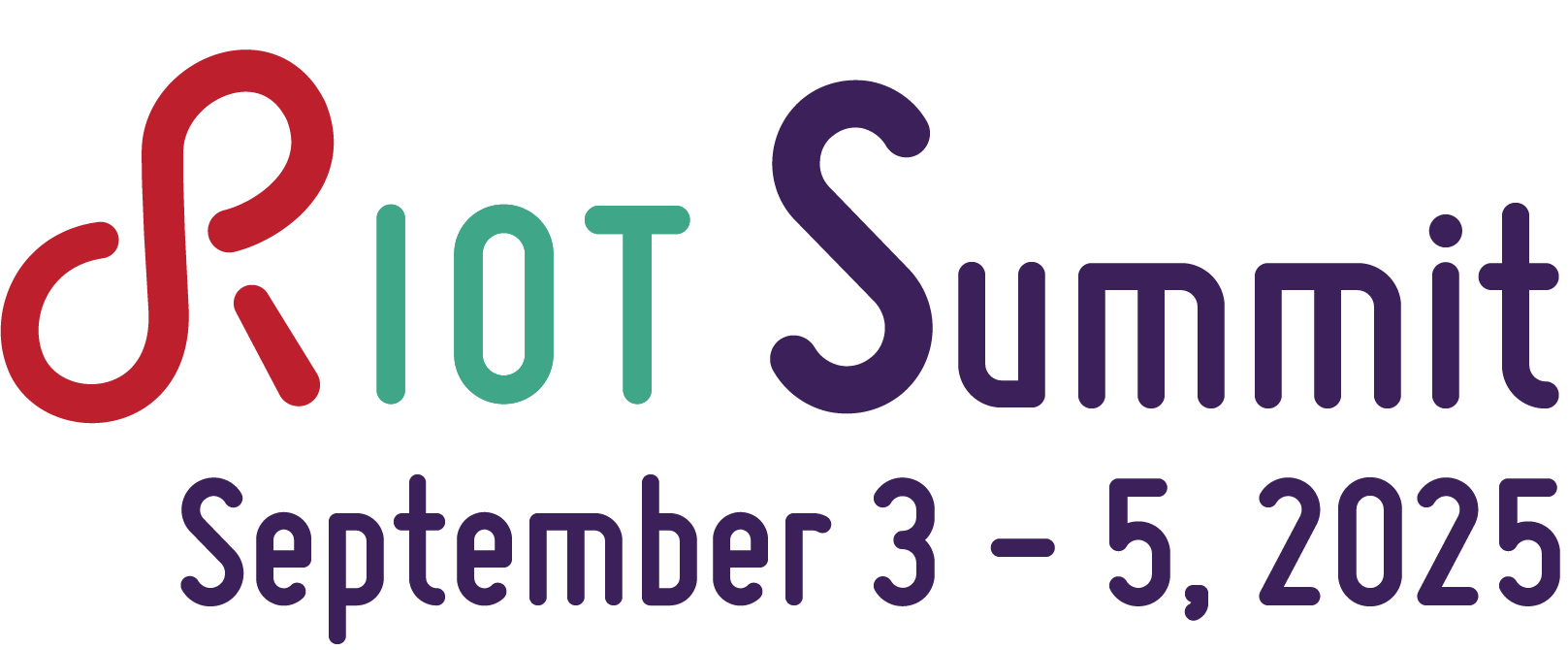Ulf Kulau (TU Hamburg and DSI Aerospace Technologie GmbH)
Keynote:
Wearables for Space
Biography:
Ulf Kulau received his bachelor’s degree in information systems engineering in 2010 and his master’s degree in computer science in 2012 from the Technische Universität Braunschweig. In 2016, he received his PhD in computer science from TU Braunschweig. From April 2018, Ulf was a substitute professor in the research group ‘Computer Engineering and Embedded Computing’ at TU Braunschweig, where he also worked on hardware-software co-design in embedded systems.
Since February 2019, Ulf is Head of Advanced Development at DSI Aerospace Technologie GmbH, where he researches new trends in space electronics as well as technology transfer of space electronics.
In addition, Ulf has been a junior professor at the Hamburg University of Technology (TUHH) since 2021, where he leads the ‘Smart Sensors’ group. His research interests include reliable sensor technologies for space environment, fault tolerance, and embedded fault diagnosis as well as energy efficient smart sensor systems.
He enjoys traveling and his favorite animals are chickens.
Abstract:
Missions to the Moon and Mars are increasingly becoming the focus of interest in human spaceflight. The environmental conditions in space have a strong influence on the physiology of astronauts, making continuous health monitoring essential.
Wearables for everyday astronaut life on the Moon and Mars have not been a major focus of research to date, as radiation effects are significantly lower on the ISS, for example, but in the future it will not be possible to rely exclusively on commercial solutions. With our ongoing research we want to contribute to close this gap.
In addition to the general motivation, the keynote also addresses the challenges for miniaturized and efficient sensor systems in the field of space applications. Research results are presented using the example of ‘SpacePatch’, with RIOT also playing a role as the operating system of this space-capable wearable. A few impressions from the recent space flight of SpacePatch, including RIOT on board, are presented and an outlook for further research in this area is given.


